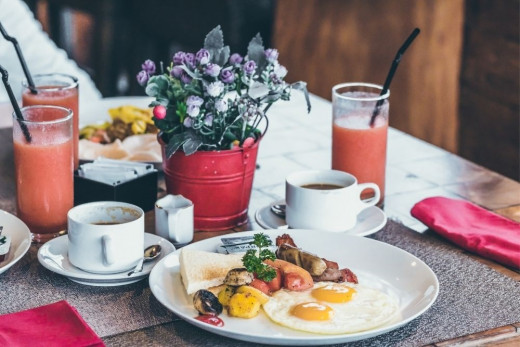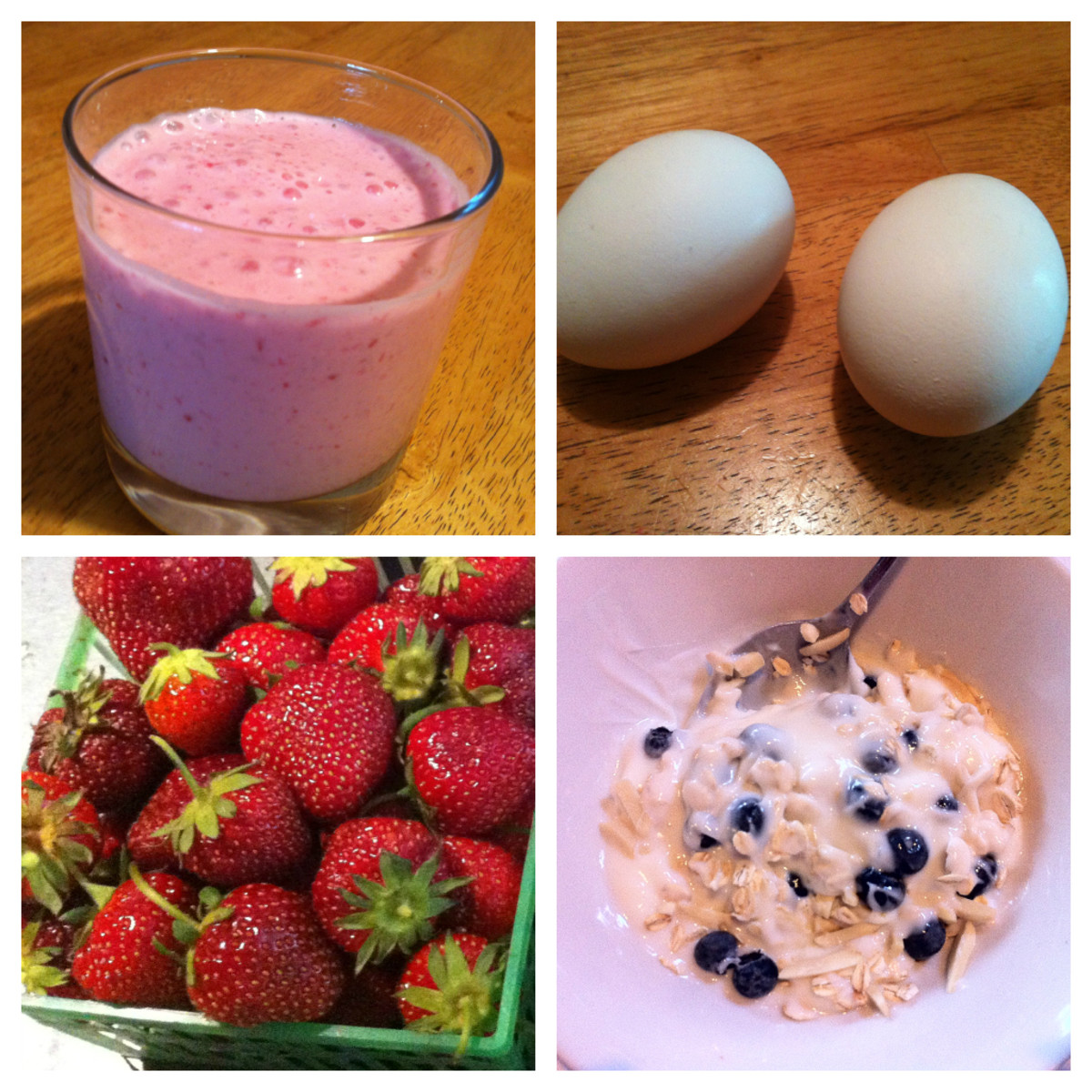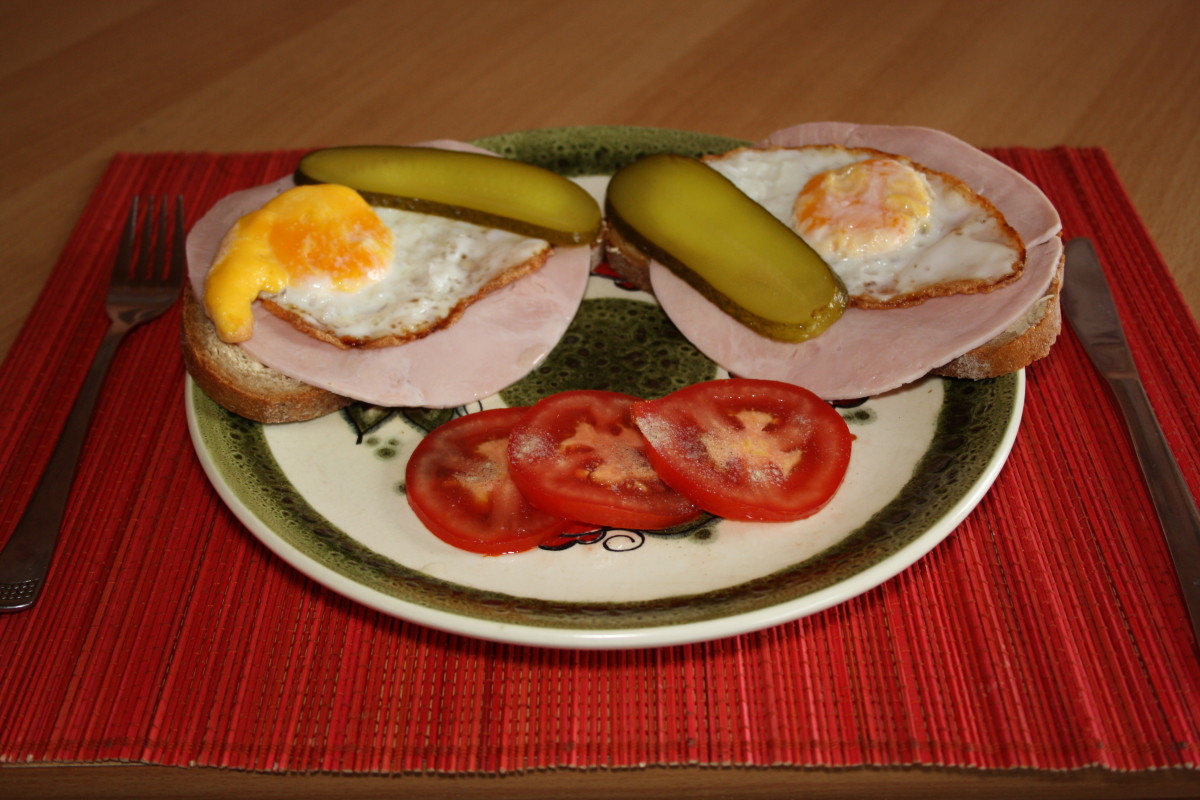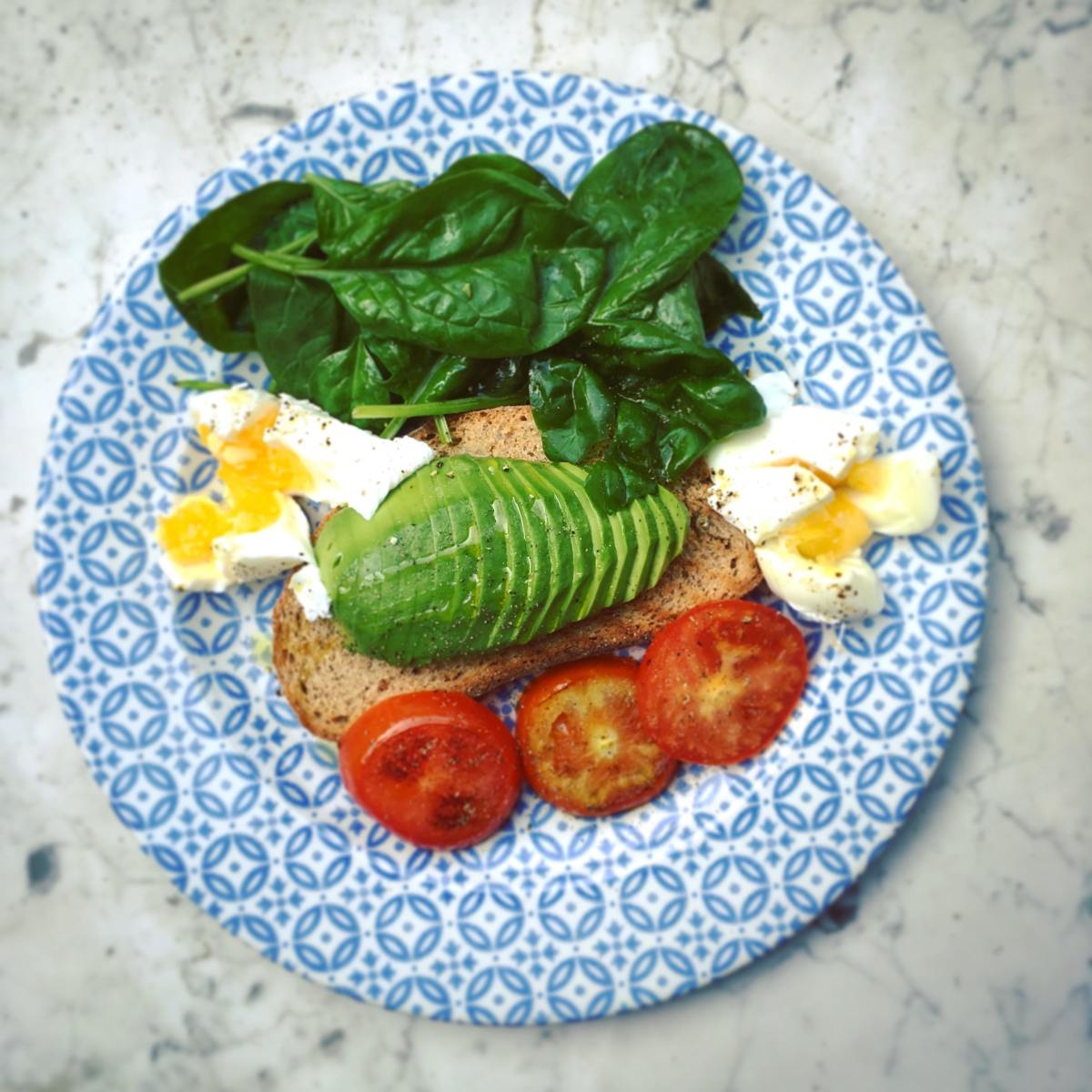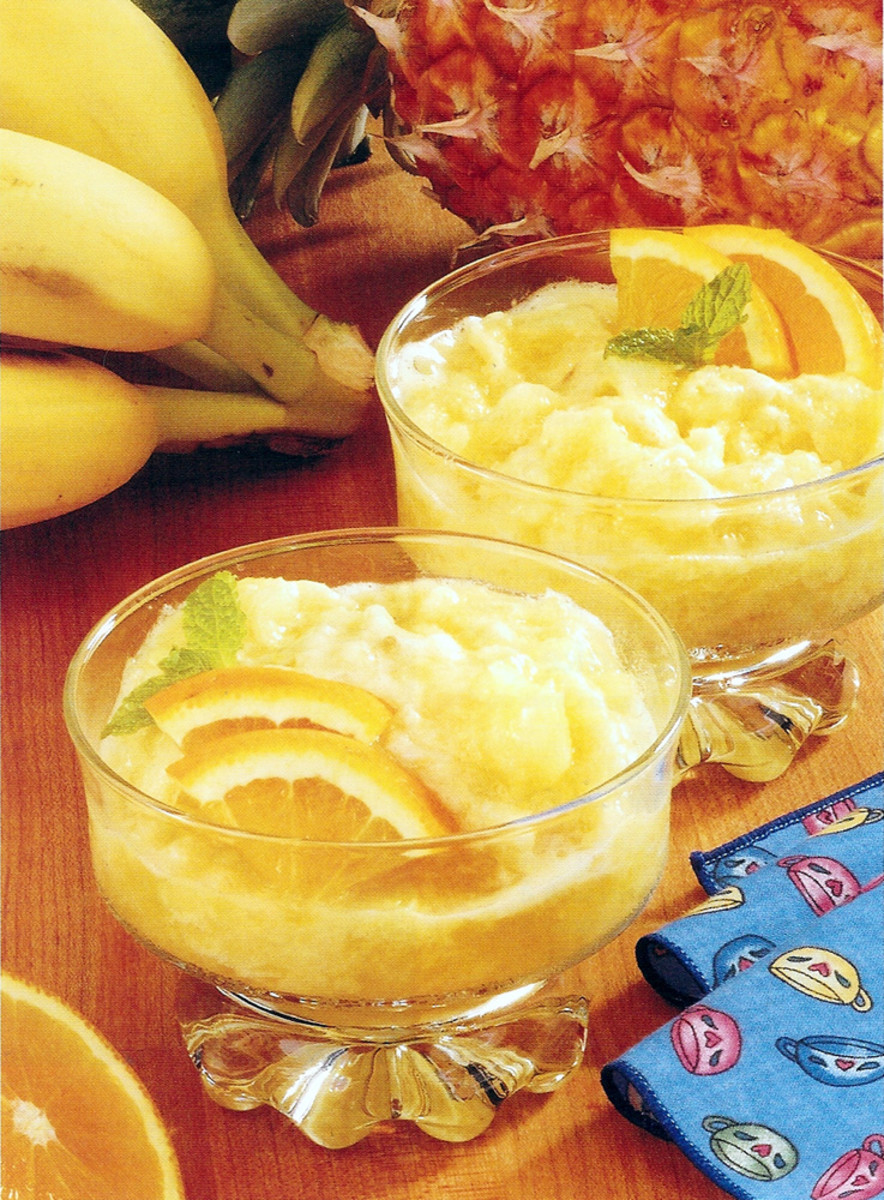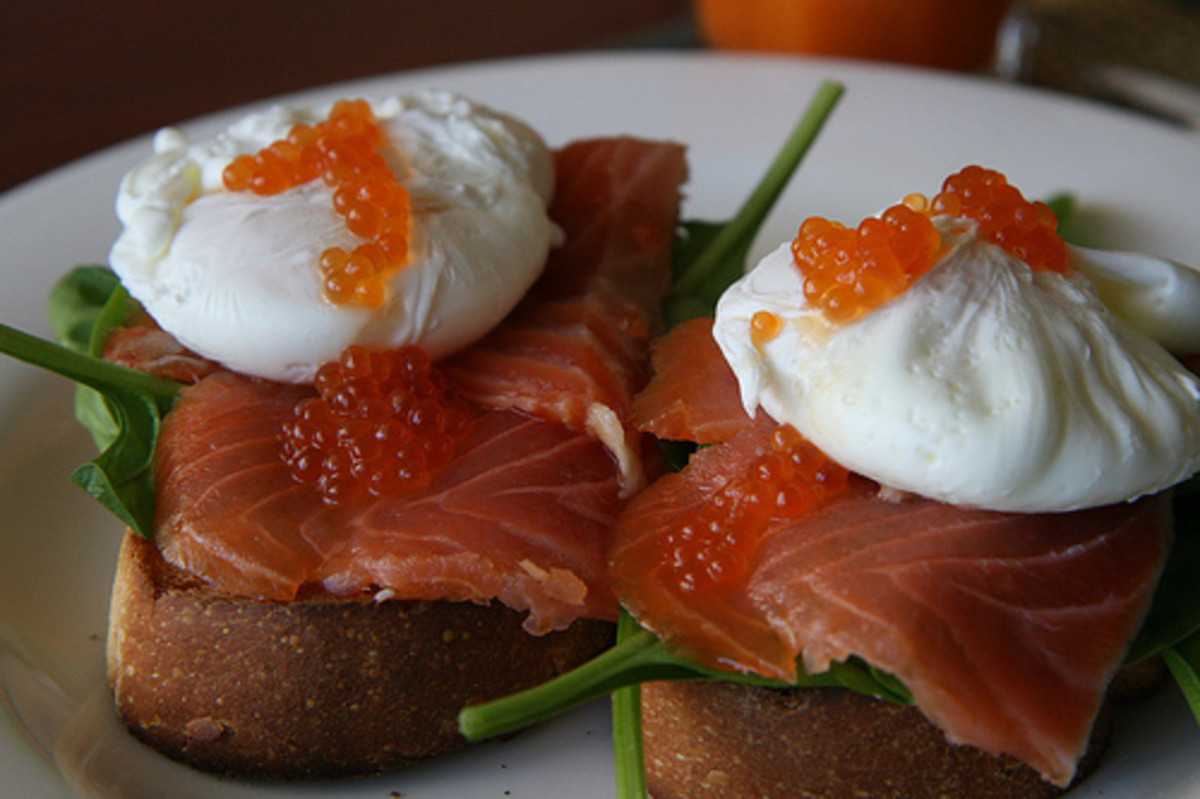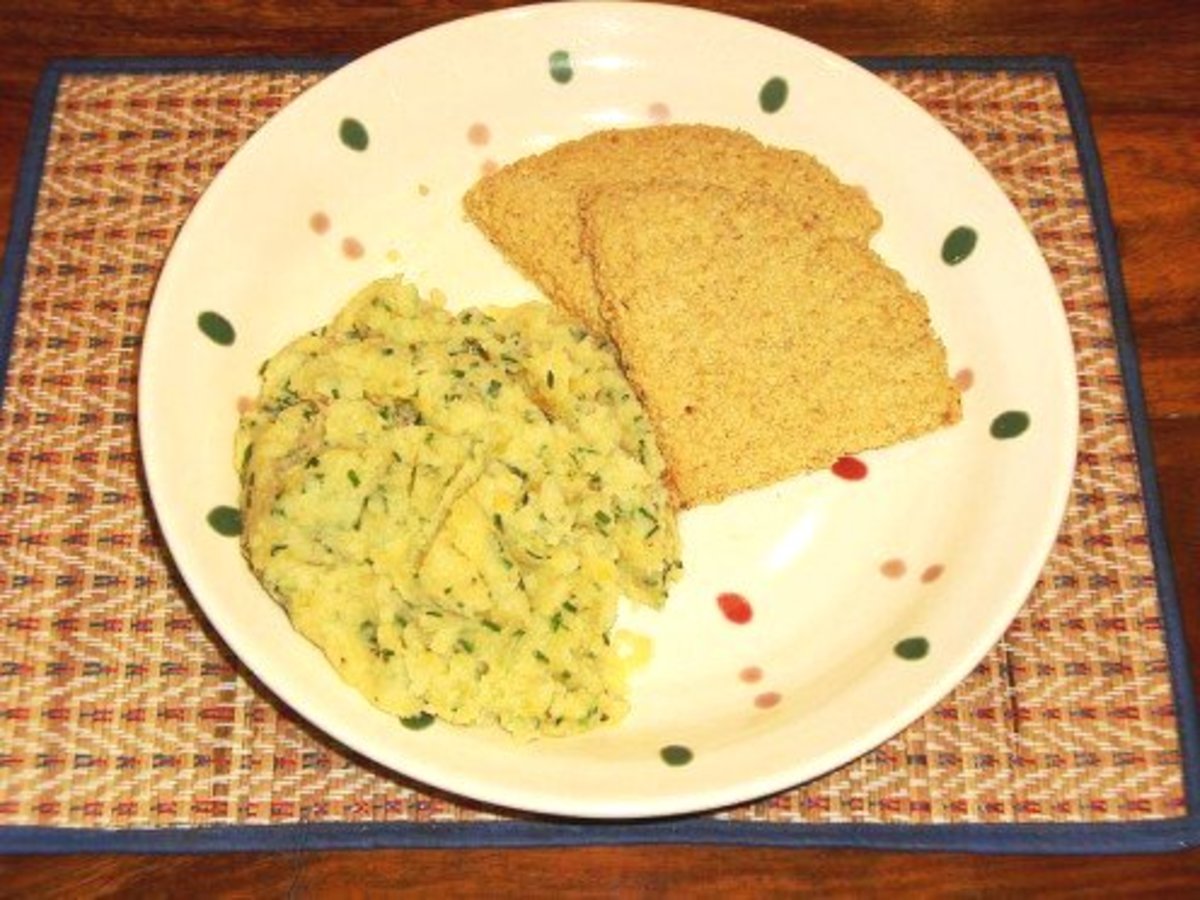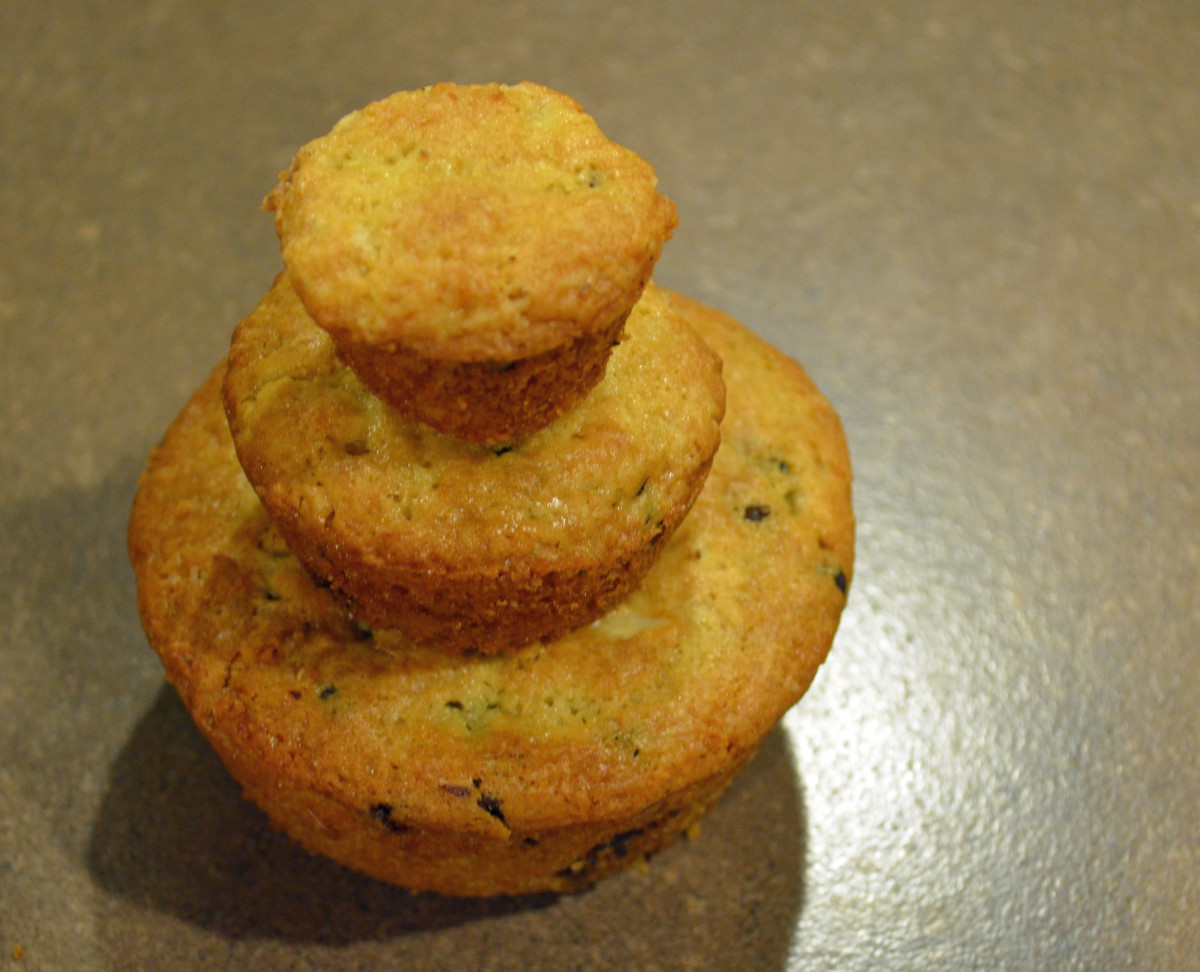Having a Healthy Breakfast
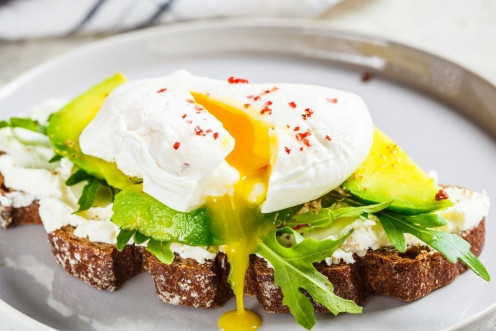
The best way to start your day!
As a kid, we were never allowed to leave the house without a decent breakfast.
In the winter it was always oatmeal which was topped with brown sugar, raisins, and milk.
On weekends we could have different cereals and every now and again mom would make waffles.
I loved that waffle machine because mom would often use it to make toasted cheese sandwiches which was a favorite for lunch along with tomato soup!
Today since I'm often in a rush in the morning I will have some yogurt while I'm getting ready followed by a smoothie.
Sometimes I end up taking that smoothie in a container so I get to enjoy it when I get to work.
On weekends I have more time and I'm often more interested in eggs. I love eggs on toast, omelets, or good old bacon and eggs.
Whatever day of the week it might be, I still can't start my day without breakfast!
How to make the Perfect Poached Eggs Video
Poached Egg Recipe
You will need fresh eggs, enough for each person. There are two methods for poaching an egg.
One uses water and vinegar and the other uses an egg poacher pan.
I prefer the latter as I find my eggs always turn out the best with this method.
Instructions for using water and vinegar:
Add water to a saucepan and bring the water to almost boiling.
If it is boiling too much the egg will separate and you won't get the perfect poached egg.
Add a couple of teaspoons of vinegar to the water.
The vinegar helps the egg whites to congeal and not spread all over the water. Any type of vinegar will do.
Crack an egg into a small dish or cup and slowly drop the egg into the water.
You can use a spoon to nudge the whites closer to the egg yolk if it starts to spread.
At this point, you need to turn off the heat, cover the pot and let the eggs stand for four minutes.
Once they have cooked, remove the eggs with a slotted spoon.
Egg Poacher:
If you have a non-stick egg poacher then all you need to do is add water to the pan bring the water to a boil, crack an egg into as many of the cups as you want and then place them in the cupholder.
Cover, wait three to four minutes, and remove the pan from the heat.
If you don't have a non-stick egg poacher, you will need to spray the cups with a cooking spray or rub some butter or margarine around the cup.
Non-Stick Egg Poacher

Non Stick Egg Poacher
Little gourmet tips: try putting a pat of butter in the cups with some chopped fresh chives; put in some hot or mild paprika to taste; salt seasoning and pepper are a good idea.
For creamed eggs put a tablespoon of cream in the cups with any of the above suggestions.
Or spray the cups with any non-stick cooking spray and the eggs slide right out.
Use a pair of tongs to lift the cups out and goodbye burned fingers.
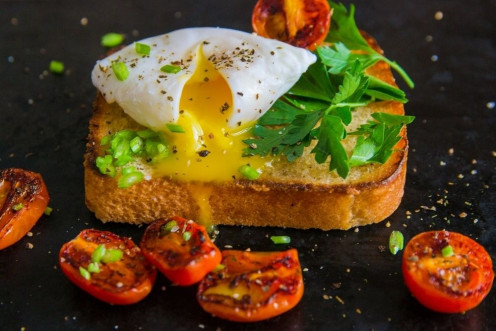
Fresh Orange Juice
One of the best ways to enjoy breakfast is with freshly squeezed or juiced oranged.
Orange is good for you too. It contains several nutrients, including Vitamin C, folate, and potassium.
You will also find antioxidants in fresh orange juice. They are necessary for preventing oxidative damage in the body.
Oxidative damage is an imbalance between unstable molecules known as free radicals and antioxidants.
Research has been down on the benefits of drinking fresh orange juice. They found that it reduced the risk of having high blood pressure along with elevated cholesterol.
This makes fresh orange juice a heart-healthy food!
Fresh Squeezed Homemade Orange Juice
BLACK+DECKER Juicer

A Little History of Bread and Toast
Bread has been around since the early Egyptians made bread. No one knows how toast happened. Perhaps a slice of bread fell in the fire and someone took a bite.
All we know is toast has become a staple breakfast food for a very long time.
It seems that the French thought bakers were very important. They thought that bread was sexy and even believed that unmarried women should sit on top of a bread oven to look more appealing to potential husbands!
The Italians took it even further and had a tradition of couples copulating in fields of wheat in order to ensure the woman got pregnant. Hence the term "bun in the oven".
One of the reasons for the French Revolution was that the peasants were tired of only having coarse bread while the aristocrats got to eat soft white bread.
It is believed that Marie Antoinette was referring to bread rather than cake when she said "let them eat cake". This is probably the reason she lost her head!
The toasted bread was made using a fork over a fire long before we ended up with toasters. Certainly, in the early part of the 1900s, the upper class did not make their own toast.
It is believed that the first toaster came about in 1893 but it was a rather dangerous appliance as the wiring was on the outside.
In 1920, a patent for the first pop-up toaster with a timer was introduced by Charles Strite. Not long after, sliced bread made an appearance.
Most toaster patents happened in either Great Britain or the US. Teatime and breakfast in England included toast.
Today, most restaurants serving breakfast come with toast. You can't have poached eggs on toast without the toast!
There are so many ways to enjoy toast. There is toast with just butter, toast with butter and jam, peanut butter toast, avocado toast, and even cheese toast.
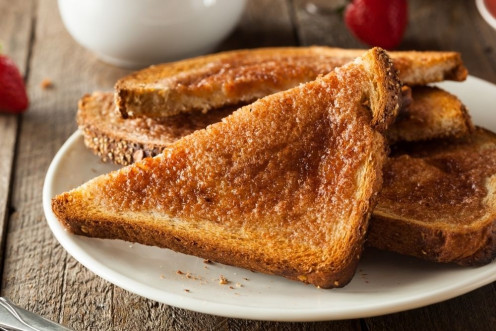
Toaster

Start Your Day with Coffee!
People are constantly inventing more and more complicated ways to prepare coffee, despite the fact that it is one of the most basic things in the world.
Because we live in an evolved coffee culture where coffee is the most popular drink on the planet, people become accustomed to things like cappuccinos and lattes and begin wondering how to create them at home.
Some people fall into the trap of buying instant coffee shop drinks, which always taste bad, rather than brewing their own at home.
The first thing to remember about coffee is that, despite the fancy labels, there are no coffee-shop coffee varieties that are particularly difficult to make.
An Americano is just a cup of coffee with a side of hot water and a side of milk.
A cappuccino is made with coffee and frothed milk, and it's usually topped with chocolate sprinkles.
A latte is also a milky coffee drink, but a mocha coffee is the same but with chocolate.
A macchiato is a coffee with frothed milk on top.
The rest is really a matter of presentation, with each fancy term referring to a combination of coffee, milk, and froth (plus, on rare occasions, chocolate).
Each drink is made using espresso from an espresso machine. A basic espresso machine is all you'll need to get started brewing coffee at home.
Once you can put beans into the top of the machine and receive espresso from the bottom, there aren't many other things you'll need.
Because of this simple fact, there isn't much of a difference between the cheapest and most costly coffee machines if you know what you're doing.
Simply add extra espresso to make your coffee stronger; to make the other drinks, simply use variable amounts of the various ingredients.
How to Make a Mocha
Espresso Maker and Cappuccino Machine

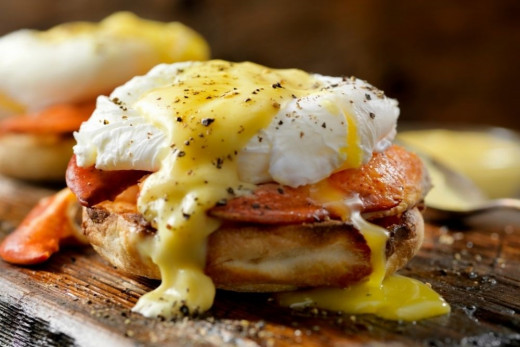
For Special Occassions or Brunch: Eggs Benedict
In North America, Eggs Benedict consists of an English muffin cut in half and topped with a poached egg, Canadian bacon, and hollandaise. Eggs Benedict is often a popular brunch dish.
The history of eggs Benedict is a matter of debate.
Delmonico's in New York boasts on its menu that Eggs Benedict was first prepared in our kitchen in 1860. Charles Ranhofer, one of the restaurant's earlier cooks, published the recipe for Eggs à la Benedick in 1894.
A retired Wall Street stockbroker in 1942, Lemuel Benedict, told The New Yorker's "Talk of the Town" column that he had gone to the Waldorf Hotel in 1894 and ordered "poached egg on buttered toast, crisp bacon, with hollandaise sauce on top" to remedy for his hangover.
The hotel's maître d'hôtel, Oscar Tschirky, was so taken with the idea that he put it on the menu, substituting ham for bacon and a toasted English muffin for the bread.
On behalf of Commodore E. C. Benedict, Edward P. Montgomery asserted a later claim to the origins of eggs Benedict.
In 1967, Montgomery wrote a letter to Craig Claiborne, the New York Times food columnist, in which he included a recipe he claimed he learned from his uncle, the commodore's acquaintance.
How to Make Classic Eggs Benedict!!
